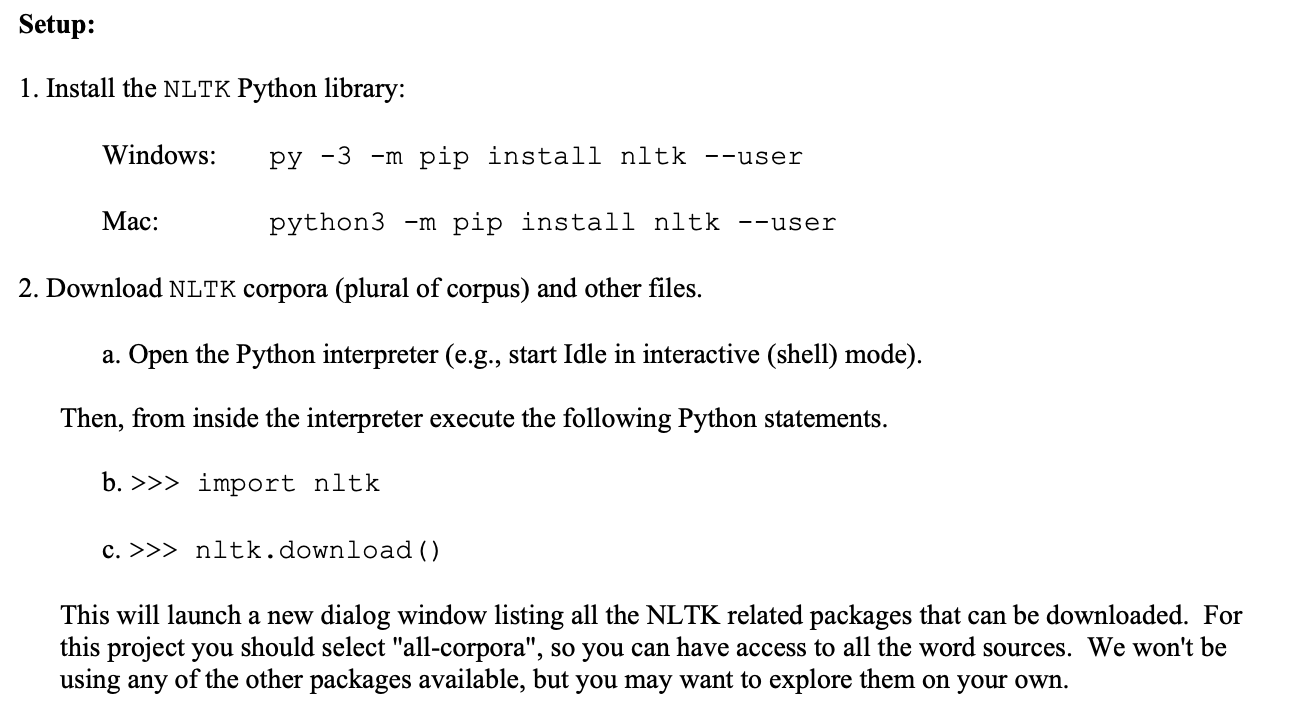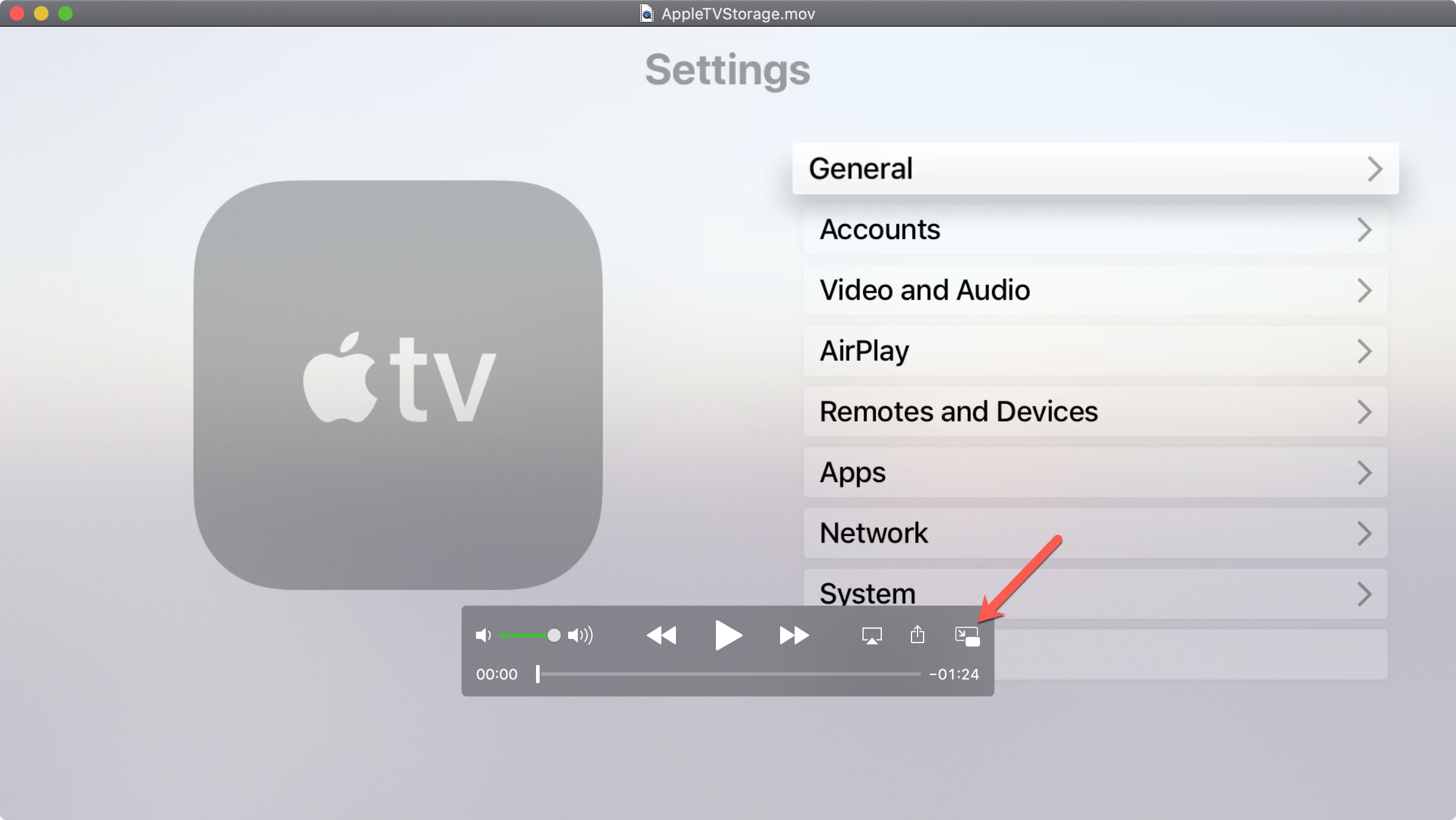Prerequisites
I want to install pip for python 2.7 on my Mac. I think this is the python located in /usr/bin/python. Unfortunately I have already installed Anaconda, which installs python 3.6.3, and changes things so that the command python xxx.py automatically runs xxx.py using python 3.6.3. If you installed Python via Homebrew or the Python website, pip was installed with it. If you installed Python 3.x, then you will be using the command pip3. Tip: If you want to use just the command pip, instead of pip3, you can symlink pip to the pip3 binary.
Install Python
We recommend that you use Pyomo with a scientific Python distribution. Linux, Mac OS/X and other Unix variants typically have Python pre-installed. However, scientific Python distributions that contain the SciPy Stack include many utilities that Pyomo users will find useful, including SciPy optimizers and MatplotLib plotting capabilities. See SciPy’s list of scientific Python distributions.
Install Optimization Solvers
Pyomo does not include any stand-alone optimization solvers. Consequently, most users will need to install third-party solvers to analyze optimization models built with Pyomo.
Note that Pyomo can remote launch optimization solvers on NEOS.
Installing the Latest Pyomo Release
Install Pyomo with pip
Scientific Python distributions include the pip package that is used to download and install the latest Pyomo release. The Python installation includes a bin or Scripts directory that includes a pip script. Add this directory to your PATH so you can execute the pip script. If you have administrator access, then you can install Pyomo in your system Python installation by executing the following in a shell:
INSTALLING Pyomo with CONDA
Some scientific Python distributions also include the conda package, which can also be used to download and install the latest Pyomo release. You can install Pyomo in your system Python installation by executing the following in a shell:

Installing from source
(Advanced Users and Developers) Pyomo may be installed directly from source by first cloning the main development repository from GitHub:
Then change into the “pyomo” directory that Git just created and run
Conditional Dependencies
Extensions to Pyomo, and many of the contributions in pyomo.contrib, also have conditional dependencies on a variety of third-party Python packages including but not limited to:
numpy scipy sympy networkx openpxl pyodbc xlrd pandas matplotlib pymysql pyro4 pint
Pyomo extensions that require any of these packages will generate an error message for missing dependencies upon use.

Many of the conditional dependencies are already distributed with most scientific Python distributions. You can check which Python packages you already have installed using the command pip list or conda list. Additional Python packages may be installed as needed.
Getting Help
License
Pyomo is available under the BSD license. For more information, see the Pyomo License.
PIP is among the most popular package managers for Python. This article will discuss how to install Python PIP on various operating systems.
Third-party libraries and packages are the main assets of the Python programming language. The standard python itself does not have many libraries and packages for the developers. As such, third-party libraries and packages give a boost to python programming.
Pip Download Mac
Python is well known for its simplicity and ease, that’s why it also makes sure that you can easily install any third-party package and/or library for your project just by writing a simple one-line pip command. In python, you do not need to manage any of the installed packages, PIP will take care of everything.
What is PIP?
PIP stands for “Preferred Installer Program” and it is a command-line utility that helps you to manage your python third-party packages. By using the pip command, you can install, reinstall, update, and uninstall the PyPI package.
If you want to install popular third-party packages, such as NumPy, pandas, and TensorFlow for your project, you just need to open the command prompt or terminal on your system and type the pip install command to install any package or Library which are at PyPI.
What is PyPI?
PyPI stands for “Python Package Index” and it is the official central library for all the python packages, which means it consists of all the registered and licensed python packages. PIP itself uses PyPI as the source to install all the python packages. By now, PyPI has more than 130,000 packages on its repository.
How Do I Install Python PIP?
If you are using the Python 2.7 (or greater) or Python 3.4 (or greater) versions of python then you do not need to install PIP, because Python comes with a compatible version of PIP by default.

How to check the version of python installed on my system?
Open your cmd (Windows) or terminal (macOS, Linux) and write this command:
How to check the version of pip installed on my system?
Open the command prompt (Windows) or terminal (macOS, Linux) and enter the following command:
Please note that you need to install pip separately only if you are using an old version of the Python programming language. If you are doing so, we highly suggest you to download the latest version of Python.
If you are using a virtual environment and want to use the old version of Python and pip then you have to install PIP separately.
How to Install pip on Windows?
It’s very easy to install pip on Windows. You just need to install a python file and run it using the command prompt. Ensure you must have the old version of python to run this file. Follow these steps to install pip on Windows:
- Download the get-pip.py installer script and save it as a python file by the name get-pip.py, in the same directory where your Python is installed.
Note: If you are using the old Python 3.2 version, download this python file as get-pip.py and save it on your system. - Now open your command prompt ((win+r) + cmd) and navigate to the get-pip.py downloaded file.
- Use command
python get-pip.pyand run the file. - Now you have installed pip on your windows successfully.
- Use pip –version command to check the version of pip.
How to Install pip on macOS?
macOS is the only operating system that comes with the preinstalled, latest version of python and pip. But if you have the old version of python and want to install pip on your macOS, you just need to write a simple terminal command to install pip for the corresponding version of installed python. This command is:
How to install pip on Linux?
Like other operating systems, if you have the latest version of Python you would not need to install pip separately. But if you are using some old version of python then you have to install the Python package manager.
Compared to Windows and macOS, the process of installing pip on Linux is different. This is because the OS has different commands for different versions of the Python ecosystem.
How to Install pip on Ubuntu 18.04
Although Python3 comes pre-installed on Ubuntu 18.04, but not pip3. We can use the Ubuntu apt command to install pip on our ubuntu system. But before installing pip we need to make sure that we have the sudo privileges.
step 1: Update teh packege list
Step2: Install the pip for Python 3 using the apt install command.
The above command will install all the dependencies and install pip on the ubuntu for Python 3.
Step3: Verify the installation by checking the pip version.
Debian and Kali Linux also use the apt to manage their packages, so we can use the same commands to install pip on these two Linux systems.

There are many Linux distributions and they use different package managers. Here is a list of various Linux distro commands to install pip.
:max_bytes(150000):strip_icc()/how-to-install-pip-on-a-mac-4770795-7-e495a5d093fd4e229d20bf18f39d05a6.jpg)
| Python Versions | Linux command to install pip |
| apt install pip (Python 2.x) | |
| apt intall pip (Python 3.x) | |
| pacman Package Manager (Python 2.x) | |
| pacman Package Manager (Python 3.x) | |
| Yum Package Manager (Python 2.x) | |
| Yum Package Manager (Python 3.x) | |
| Dandified Yum (Python 2.x) | |
| Dandified Yum (Python 3.x) | |
| Zypper Package Manager (Python 2.x) | |
| Zypper Package Manager (Python 3.x) |
How To Get Pip Install On Mac
How to Install PIP on Raspberry Pi?
Terminal commands:
For old versions of Python 2.x:
For old versions Python 3.x:
Top Pip Commands
These are some of the most widely-used Python PIP commands:
| Pip Command | Description |
| pip install <package_name> | Install package |
| pip download <package_naem> | Download package |
| pip uninstall <package_naem> | Uninstall packages |
| pip freeze | Output installed packages in requirements format. |
| pip list | List installed packages. |
| pip show | Show information about installed packages. |
| pip check | Verify installed packages have compatible dependencies. |
| pip config | Manage local and global configuration. |
| pip search | Search PyPI for packages. |
| pip wheel | Build wheels from your requirements. |
| pip hash | Compute hashes of package archives. |
| pip completion | A helper command used for command completion. |
| pip debug | Show information useful for debugging. |
| pip help | Show help for commands. |
Upgrade and Downgrade pip version
After installing the pip we can upgrade and downgrade it to a specific verison.
With python -m pip install –upgrade pip command we can upgrade our pip to the latest version.
We can also downgrade and upgrade the of our pip by specifying the version.
For example
Conclusion
Long story short, you do not need to install pip if you have the latest version of Python. If pip is not functional on your system just reinstall Python, if possible, download the latest version. It might solve the PIP problem.
Moreover, it’s highly suggested that rather than installing pip separately, install the latest version of python that already comes with a pre-installed PIP.
If you like this article and have any suggestions feel free to comment down below.
People are also interested: